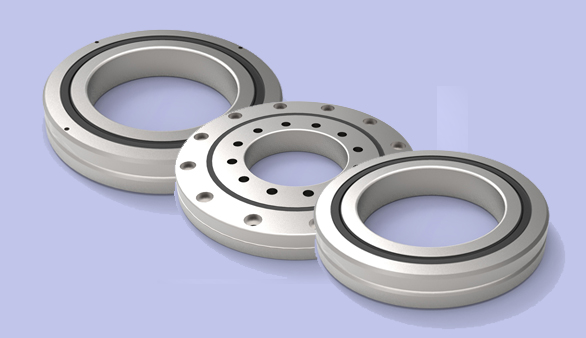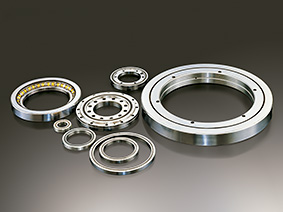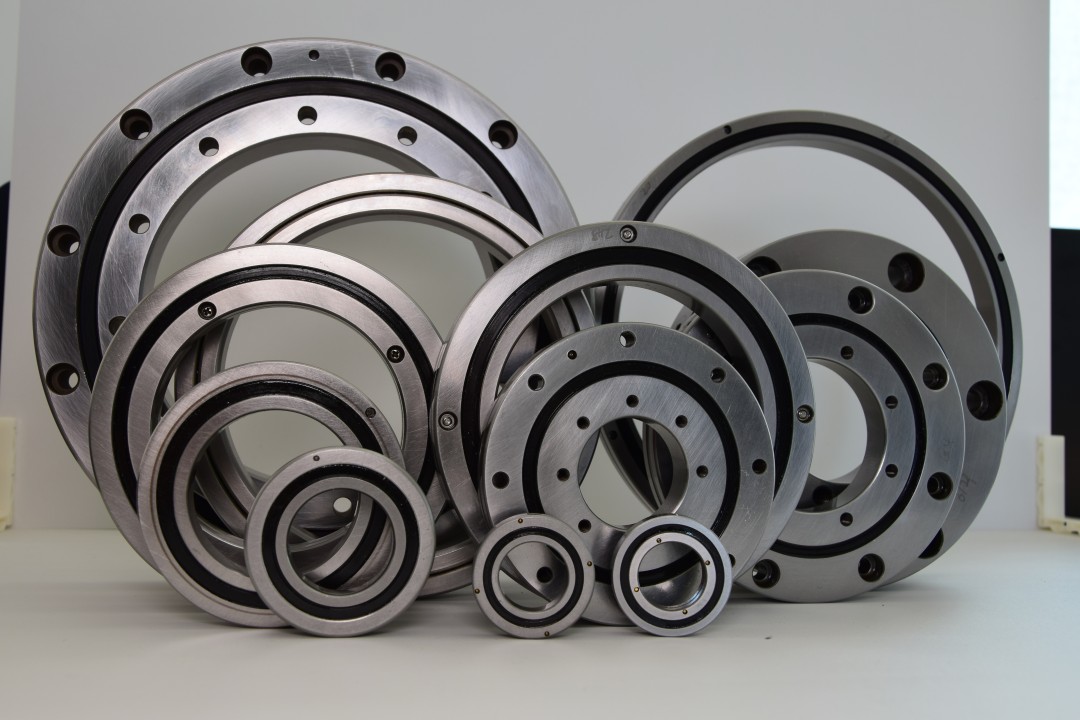Product Description
Product Description
Product application
Certifications
Packaging & Shipping
FAQ
Q:What’s your after-sales service and warranty?
A: We promise to bear the following responsibility when defective product is found:
1.12 months warranty from the first day of receiving goods;
2. Replacements would be sent with goods of your next order;
3. Refund for defective products if customers require.
Q:Do you accept ODM&OEM orders?
A: Yes, we provide ODM&OEM services to worldwide customers, we are CZPT to customize housings in different styles, and sizes in different brands, we also customize circuit board & packaging box as per your requirements.
Q:What’s the MOQ?
A: MOQ is 10pcs for standardized products; for customized products, MOQ should be negotiated in advance. There is no MOQ for sample orders.
Q:Do you offer free samples?
A: Yes we offer free samples to distributors and wholesalers
/* January 22, 2571 19:08:37 */!function(){function s(e,r){var a,o={};try{e&&e.split(“,”).forEach(function(e,t){e&&(a=e.match(/(.*?):(.*)$/))&&1
What are the challenges and solutions for managing complex loads and rotational accuracy in cross roller bearings?
Managing complex loads and maintaining rotational accuracy are crucial challenges in cross roller bearings. These bearings often encounter demanding operating conditions that require effective solutions to ensure optimal performance.
- Challenges:
- Solutions:
1. Complex Loads: Cross roller bearings may experience a combination of radial, axial, and moment loads. These loads can vary in magnitude, direction, and frequency, posing challenges in distributing the loads evenly across the bearing structure and minimizing stress concentrations.
2. Rotational Accuracy: Maintaining precise rotational accuracy is essential in applications where accurate positioning, motion control, and alignment are critical. Factors such as manufacturing tolerances, bearing clearance, and external disturbances can affect the rotational accuracy of cross roller bearings.
1. Optimized Bearing Design: Cross roller bearings are designed with specific load capacities and rigidity to handle complex loads. Manufacturers optimize the bearing’s internal geometry, material selection, and heat treatment processes to enhance load distribution and minimize stress concentrations. This enables the bearing to withstand varying loads and maintain structural integrity.
2. Precision Manufacturing: Achieving high rotational accuracy starts with precision manufacturing processes. Tight manufacturing tolerances and stringent quality control measures help ensure consistent dimensions and geometries of the bearing components. This minimizes variations and deviations that can impact rotational accuracy.
3. Preload and Clearance Adjustment: Proper preload and clearance adjustment are crucial for managing complex loads and maintaining rotational accuracy. Preload, achieved through controlled axial displacement or the use of spacers, eliminates internal clearance and enhances rigidity, reducing the effects of external forces. Careful adjustment of clearance ensures smooth operation while minimizing excessive play and maintaining accuracy.
4. Lubrication: Lubrication plays a vital role in managing complex loads and rotational accuracy. Appropriate lubrication reduces friction, minimizes wear, and dissipates heat generated during operation. The selection of the right lubricant, based on operating conditions and load requirements, ensures smooth rotation and helps maintain accuracy over extended periods.
5. Sealing and Contamination Control: Proper sealing and contamination control measures are essential for protecting cross roller bearings from external contaminants such as dust, dirt, and moisture. Seals and shields prevent ingress of harmful particles, maintaining the integrity of the bearing surfaces and minimizing wear that can affect rotational accuracy.
6. Mounting and Alignment: Accurate mounting and alignment of cross roller bearings are critical for achieving optimal performance. Careful attention should be given to the mounting surfaces, ensuring flatness and perpendicularity, to minimize misalignment and stress concentrations that can impact load distribution and rotational accuracy.
In summary, managing complex loads and rotational accuracy in cross roller bearings requires optimized bearing design, precision manufacturing, proper preload and clearance adjustment, appropriate lubrication, sealing and contamination control, as well as accurate mounting and alignment. By addressing these challenges and implementing effective solutions, cross roller bearings can deliver reliable and precise performance in a wide range of applications.
What considerations are important when selecting the appropriate size and material for a cross roller bearing?
When selecting the appropriate size and material for a cross roller bearing, several considerations are crucial to ensure optimal performance and longevity. The following factors should be taken into account:
- Load Requirements:
- Space Limitations:
- Rotational Speed:
- Accuracy and Precision:
- Environmental Conditions:
- Maintenance and Service Life:
- Budget and Cost:
Determine the expected load that the bearing will need to support. Consider both the magnitude and direction of the load, including radial, axial, and moment loads. Cross roller bearings are known for their high load capacity in all directions, but it is important to select a size and material that can handle the specific load requirements of the application.
Consider the available space for the bearing within the application. Cross roller bearings have a compact design, but it is essential to choose a size that fits within the allotted space while allowing for proper clearance and mounting considerations. Take into account the dimensions of the bearing, including inner and outer diameters, width, and overall profile.
Determine the rotational speed at which the bearing will operate. Different materials and designs have specific limitations on rotational speed due to factors such as heat generation, lubrication requirements, and the potential for dynamic effects like centrifugal forces. Select a bearing size and material that can safely accommodate the anticipated rotational speed without compromising performance or causing premature wear.
Consider the required level of accuracy and precision for the application. Cross roller bearings are known for their excellent positioning accuracy and low friction characteristics. However, different designs and materials may offer varying levels of precision. Determine the specific tolerance and precision requirements of the application and select a bearing that can meet those criteria.
Evaluate the environmental conditions in which the bearing will operate. Factors such as temperature, humidity, exposure to chemicals or corrosive substances, and the presence of contaminants can influence the choice of bearing material. Select a material that can withstand the specific environmental conditions of the application to ensure optimal performance and longevity.
Consider the desired maintenance requirements and service life expectations. Some bearing materials may require more frequent lubrication or maintenance than others. Additionally, different materials and designs have varying levels of durability and service life. Assess the maintenance capabilities and resources available and select a bearing that aligns with the desired maintenance schedule and service life requirements.
Take into account the budget and cost considerations. Different bearing sizes and materials may have varying price points. Balance the desired performance and longevity with the available budget to select a bearing that offers the best value for the specific application.
By carefully considering these factors, it is possible to select the appropriate size and material for a cross roller bearing that meets the specific requirements of the application. Choosing the right bearing will help optimize performance, ensure reliability, and extend the service life of the bearing in the given application.
How does proper lubrication impact the performance and longevity of cross roller bearings?
Proper lubrication plays a crucial role in the performance and longevity of cross roller bearings. It ensures smooth operation, reduces friction and wear, minimizes heat generation, and protects the bearing surfaces. Here’s a detailed explanation of how proper lubrication impacts the performance and longevity of cross roller bearings:
- Reduces Friction and Wear:
- Minimizes Heat Generation:
- Prevents Contamination:
- Improves Corrosion Resistance:
- Enhances Load Distribution:
- Preserves Precision and Accuracy:
- Extends Service Life:
Lubrication forms a thin film between the rolling elements (rollers) and the raceways of the cross roller bearing. This film reduces direct contact between the surfaces, minimizing friction and wear. By providing a lubricating layer, proper lubrication helps to prevent metal-to-metal contact, which can lead to surface damage and premature failure of the bearing.
During operation, cross roller bearings can generate heat due to friction between the rolling elements and the raceways. Proper lubrication helps dissipate this heat by reducing friction. The lubricating film acts as a thermal barrier, carrying away heat from the bearing surfaces. Effective heat dissipation ensures that the bearing operates within the desired temperature range, preventing overheating and potential damage.
Lubrication also helps to prevent the ingress of contaminants such as dust, dirt, moisture, and other particles into the bearing. The lubricant forms a protective barrier, sealing the bearing components and preventing external contaminants from entering. Contamination can cause abrasion, corrosion, and accelerated wear, leading to reduced performance and shortened bearing life. Proper lubrication minimizes the risk of contamination and maintains the integrity of the bearing’s internal components.
Cross roller bearings are often exposed to various environmental conditions that can lead to corrosion. The right lubricant creates a protective layer on the bearing surfaces, acting as a barrier against moisture and corrosive agents. This helps to prevent corrosion and maintain the structural integrity of the bearing, ensuring its long-term performance and longevity.
Proper lubrication optimizes the load distribution within the cross roller bearing. The lubricant helps to separate the rolling elements and distribute the applied load evenly across the raceways. This ensures that the bearing can effectively handle radial, axial, and moment loads without excessive stress concentration on specific areas. Improved load distribution minimizes the risk of premature wear, fatigue, and failure under heavy loads.
Cross roller bearings are often used in applications that require high precision and accuracy. Proper lubrication helps maintain the bearing’s precision by reducing friction and minimizing variations in motion. It ensures smooth and consistent operation, allowing the bearing to deliver accurate positioning and motion control. Lubrication also helps to dampen vibration and noise, contributing to improved performance in precision applications.
By reducing friction, minimizing wear, preventing contamination, and enhancing load distribution, proper lubrication significantly extends the service life of cross roller bearings. The lubricant acts as a protective agent, preserving the integrity of the bearing components and reducing the risk of premature failure. With regular lubrication maintenance, the bearing can achieve its expected operational lifespan, providing reliable performance over an extended period.
In summary, proper lubrication is essential for maximizing the performance and longevity of cross roller bearings. It reduces friction and wear, minimizes heat generation, prevents contamination and corrosion, enhances load distribution, preserves precision and accuracy, and extends the service life of the bearings. Regular lubrication maintenance, using the appropriate lubricant in the correct quantity, is crucial for ensuring optimal performance and reliability of cross roller bearings in various industrial applications.
editor by CX 2024-05-16




